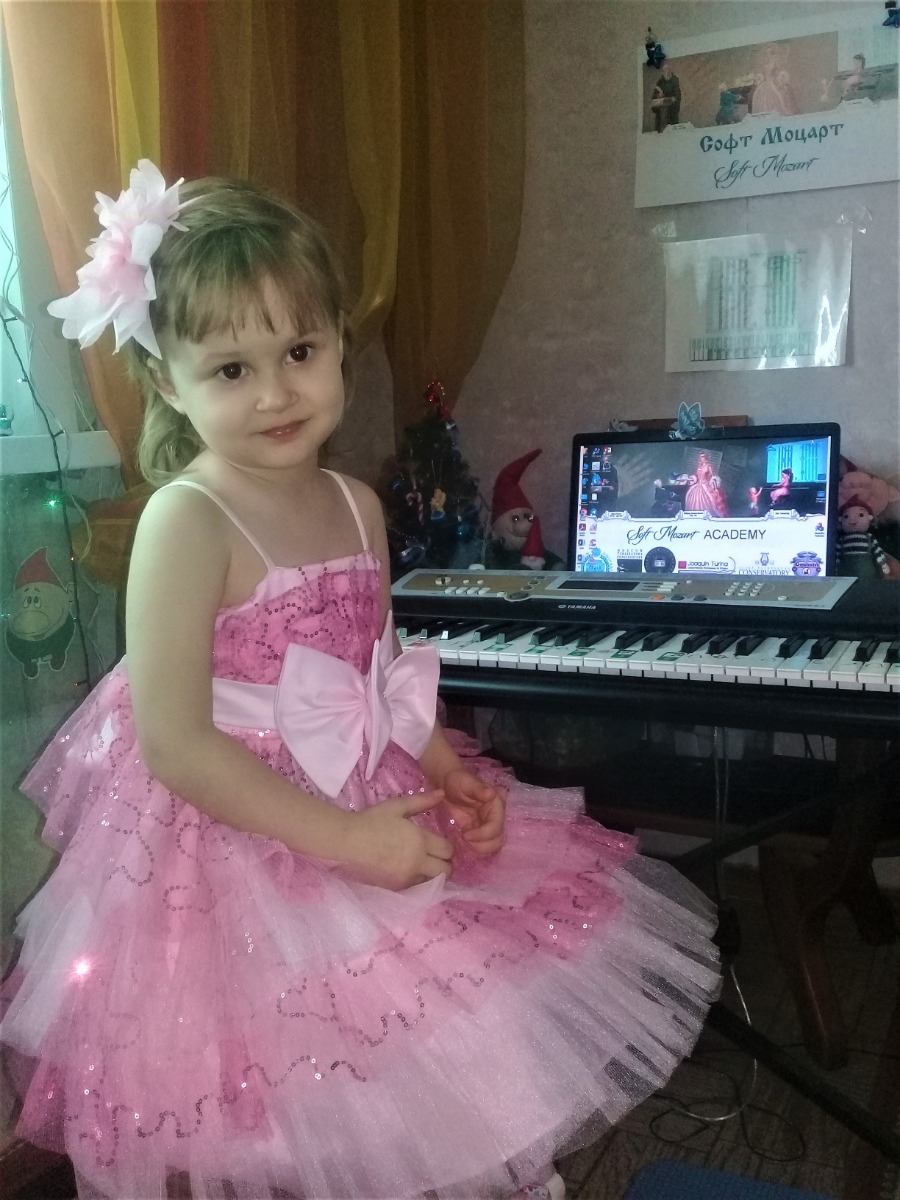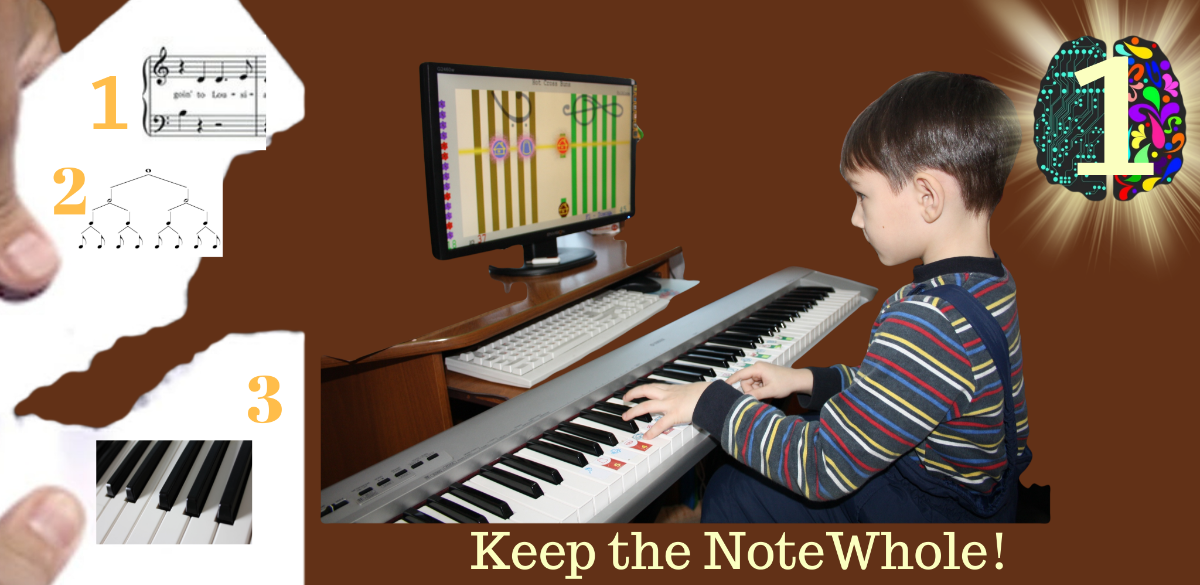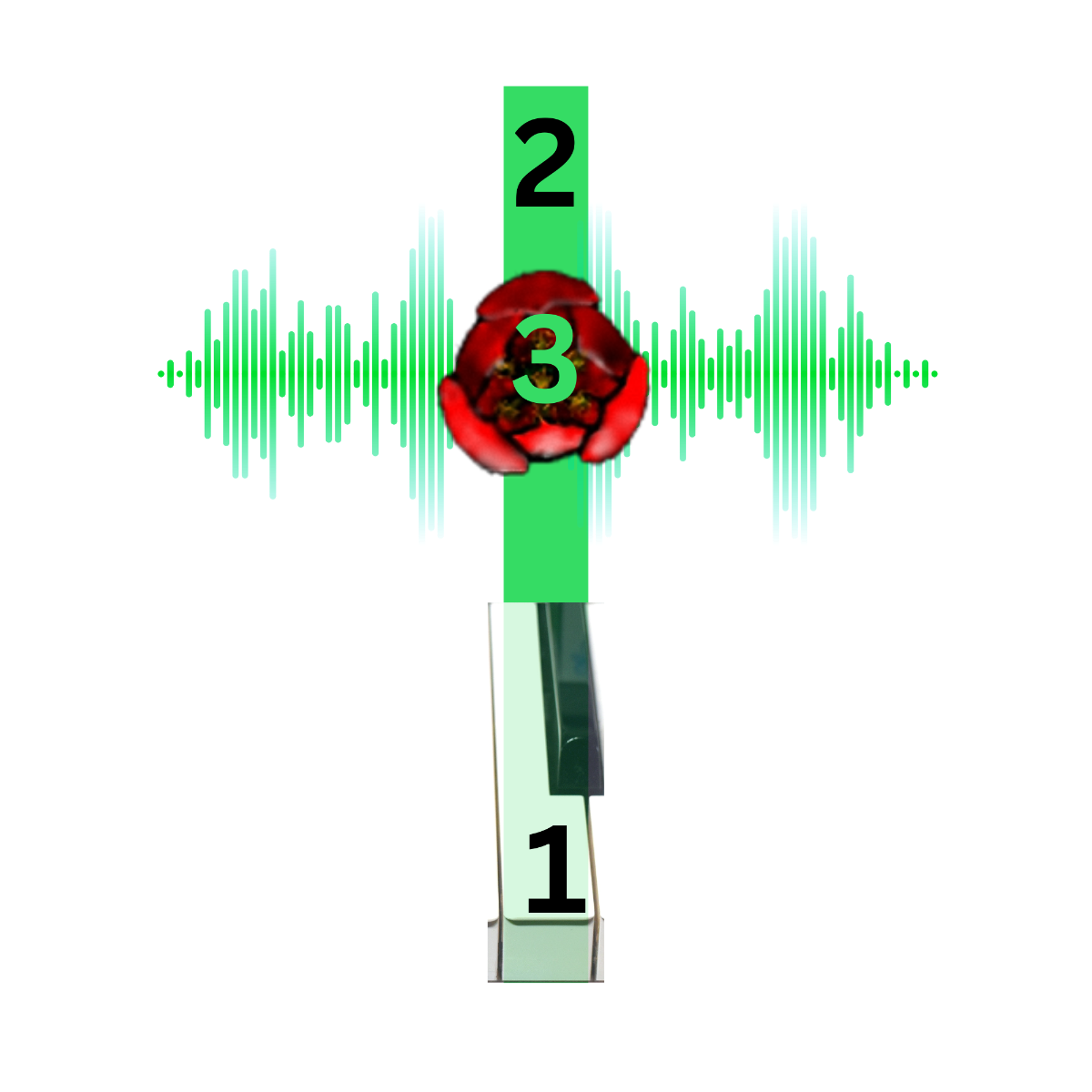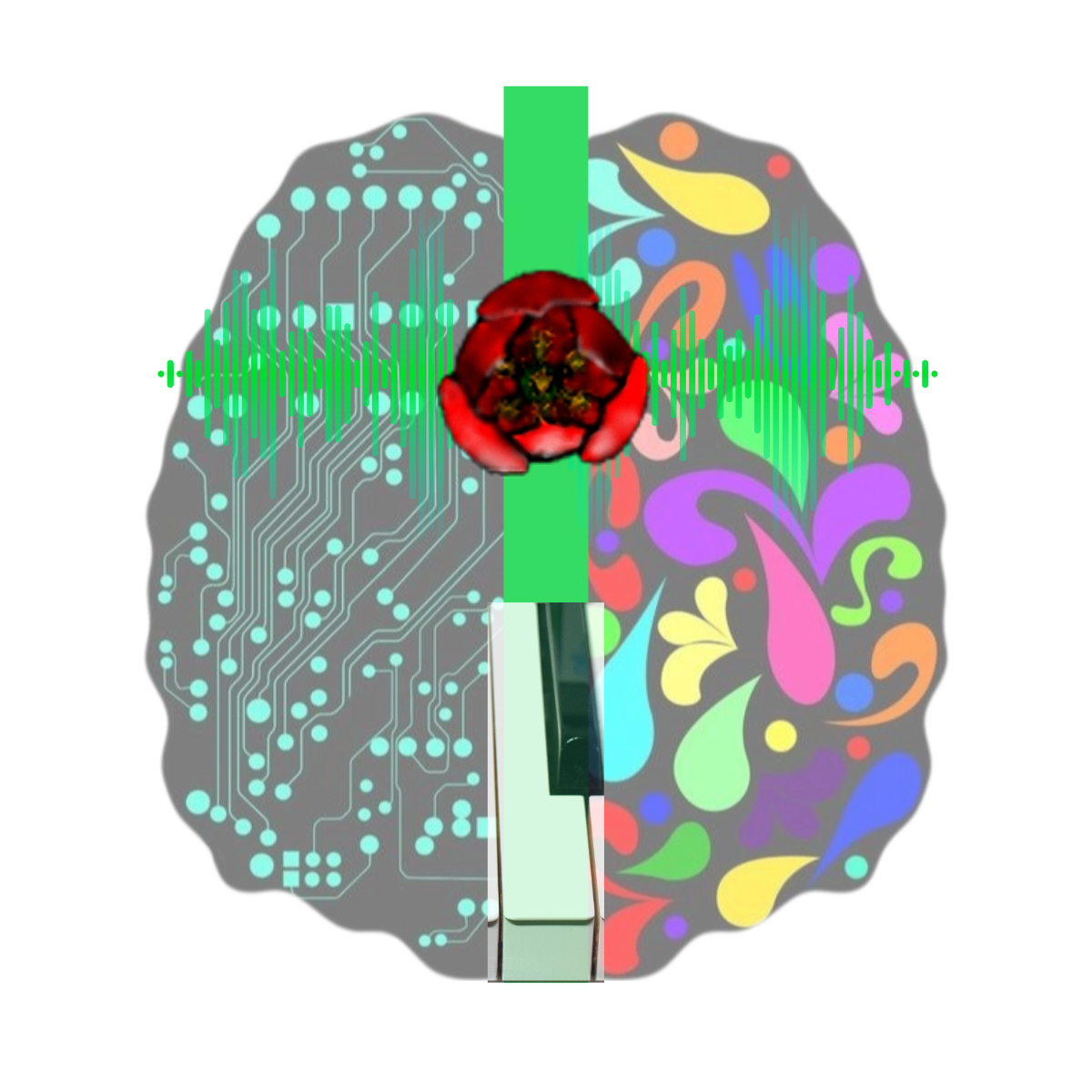Arina (3 years old). She is being taught piano by our 11-year old Akim within the music pedagogy for kids curriculum.
Soft Mozart as the tool for the brain development of preschoolers.
It is a misconception that the most important thing in teaching music is the hand placement.
The most important thing is rather the "brain placement" in this regard. We suggest to synchronize both hemispheres of the child with the musical text as soon as possible first. We start doing this from
18 - 24 months.
From the age of
three, a child can be taught music literacy by any specialist who has received Soft Mozart vocational training.
Moreover, in our Academy any much-less experienced child can become a piano instructor for any beginner of any age.
As it turned out, the very nature of written music language is designed to synchronize the work of both hemispheres of the child so that they become one.
An underdeveloped adhesion between the hemispheres (
corpus callosum) is literally the cause of all misfortunes. The absence of strong neural connections in the corpus callosum is like an open wound, into which any dirt can penetrate and destroy a person or cripple his/her fate.
Simultaneous perception of sound
(1), sign
(2) and duration per unit of real time
(3) from the very first lesson creates a strong and stable foundation in the child's cerebral cortex, connecting the areas responsible for the development of hearing, vision, fine motor skills, analysis and speech (solmization - pronouncing notes with solfege syllables), spatial temporal reasoning.
Let's see closely the case, when our student Akim (11) teaches little Arina (3).
The video results of such training had been presented by parents in our Winter Academic Recital "Butterfly Ball" 2023:
On this video, the dynamics of the development of the inter-hemispheric communication of the child is very well traced. The girl plays with two hands off the elementary music score the song "Hot Cross Buns".
1. She can already easily read three notes on one line.
2. The keys are pressed both simultaneously and sequentially, which indicates that the skill of coordinating both hands is already in the stage of active development.
3. The right hemisphere of the child is more developed at the moment, since the left hand itself correctly selects the optimal, more convenient fingering.
4. The left hemisphere of the child is in the stage of mastering the piano geography. The child is still looking with her eyes for what exactly she needs to press.
5. That is why the right hand still uses only one finger when playing.
Attention!
The
left hemisphere is responsible for the work of the
right hand. However, the
right hemisphere is responsible for the spatial perception of the keyboard geography!
Before your eyes, the development of neural connections and the corpus callosum is taking place:
the right hand develops the spatial perception of the keyboard space, which "lives" in the hemisphere that is "responsible" for another hand.
This is exactly how the "fouling" of the corpus callosum with neural pathways occurs, which turns the child's brain into a stable base for development!
6. Pay attention to the time
0:49
of the video
The task of the child in a given period of time is to hold the chord of the left hand and release the keys in the right. This skill has not yet been mastered, as it complicates the task by involving its space-time perception in tandem with the coordination of both hands. And we see that such coordination has not yet reached perfection.
Such intellectual preparation of preschoolers will soon become widespread. It shouldn't be otherwise!
Link to the blog of Akim and his students from our last Butterfly Ball is
here.
.
For questions about taking a course on the Soft Mozart system, please contact
[email protected]
Please indicate whether you have a musical education and where in the world you are located so that we can help you faster and more efficiently.




